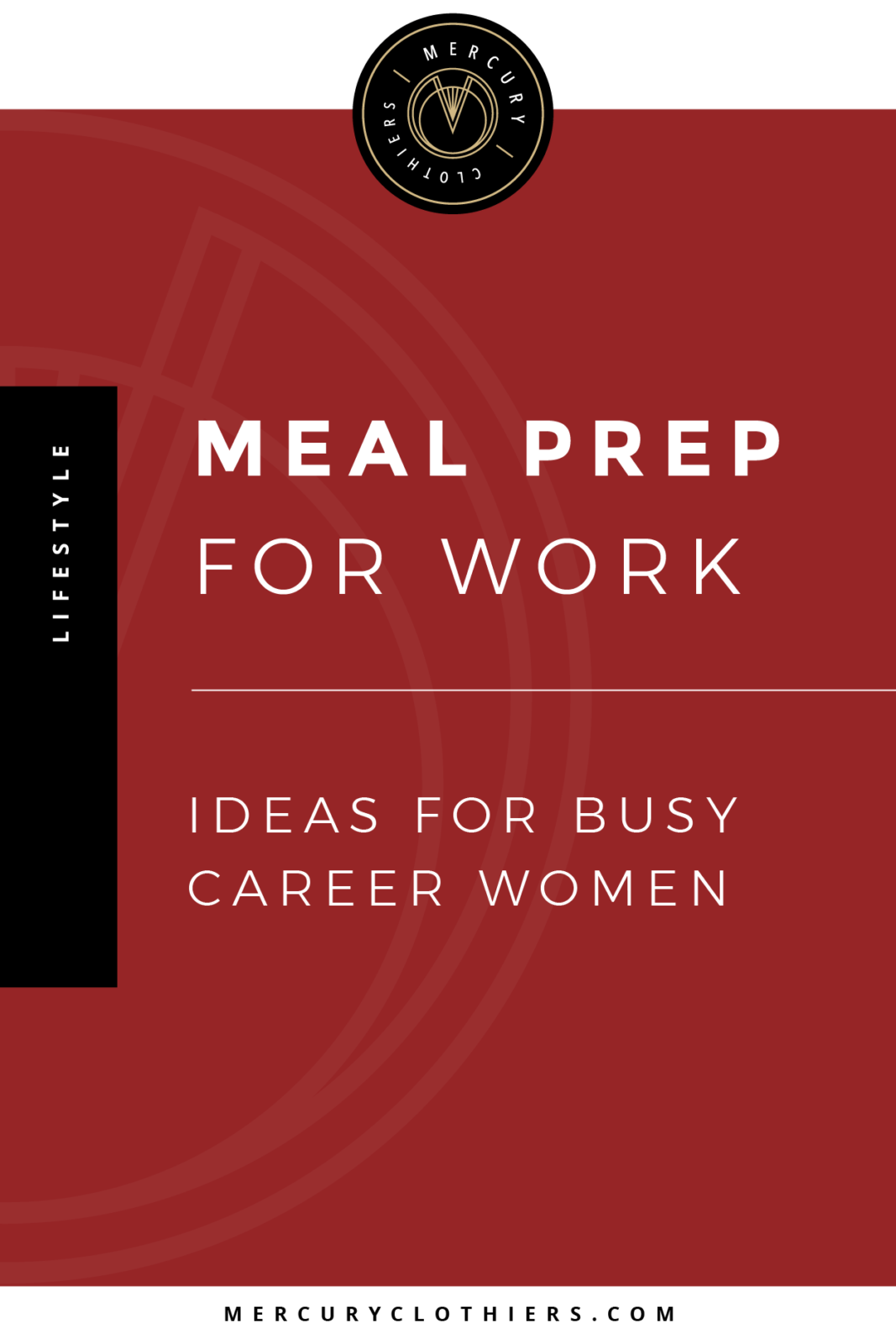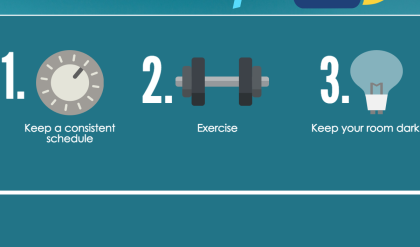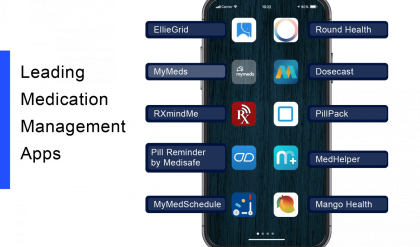
The Ultimate Guide to Healthy Meal Prepping for Busy Weekdays
The weekday grind. We all know it. The relentless cycle of early mornings, jam-packed schedules, and the ever-present siren song of takeout menus. But what if you could conquer the chaos and nourish your body with delicious, healthy meals, *without* sacrificing precious time? The secret weapon? Strategic meal prepping.
This isn’t about slaving away in the kitchen for hours on Sunday. This is about smart planning and efficient execution, transforming meal prep from a dreaded chore into a powerful tool for a healthier, happier you. Let’s dive into the ultimate guide.
Phase 1: The Mindful Menu
Before you even think about chopping vegetables, you need a plan. A poorly planned meal prep session is a recipe for disaster – wasted ingredients and sad, uneaten leftovers. Start by considering:
- Your schedule: How many weekday lunches and dinners do you need to prep?
- Your tastes: What healthy meals genuinely excite you? Don’t force yourself to eat something you dislike.
- Your dietary needs: Are you vegetarian, vegan, gluten-free, or following any other specific diet?
- Your grocery budget: Plan your meals around affordable, in-season produce.
Once you have a clear picture, create a weekly menu. Consider batch cooking elements that can be used in multiple meals – a big batch of quinoa, roasted vegetables, or a flavorful lentil soup can become the base for several different dishes throughout the week.
Phase 2: The Strategic Shopping List
Armed with your menu, create a detailed shopping list. Avoid impulse buys by sticking strictly to your list. This is where apps can be your best friend – many grocery apps allow you to create and organize lists easily.
Phase 3: The Efficient Prep Session
This is where the magic happens. To maximize efficiency, consider these tips:
- Mise en place: Prep all your ingredients – chopping vegetables, measuring spices – *before* you start cooking. This streamlines the cooking process considerably.
- Multitasking mastery: Use your oven and stovetop simultaneously to save time. Roast vegetables while you simmer a soup or prepare a grain.
- Invest in smart tools: A good chef’s knife, a food processor, and airtight containers are invaluable.
- Embrace leftovers creatively: Don’t be afraid to repurpose leftovers. Roasted chicken can become chicken salad; leftover quinoa can be a base for a hearty bowl.
Phase 4: Storage and Sustainability
Proper storage is key to keeping your prepped meals fresh and appealing. Invest in a variety of airtight containers, considering portion sizes for your individual meals. Label and date everything clearly.
Consider the environmental impact. Opt for reusable containers over single-use plastics. Compost any food scraps.
Sample Weekly Meal Prep Plan (Vegetarian)
| Day | Meal | Components |
|---|---|---|
| Monday | Lunch | Quinoa salad with roasted vegetables (peppers, zucchini, onions) and chickpeas |
| Monday | Dinner | Lentil soup with whole-wheat bread |
| Tuesday | Lunch | Leftover lentil soup |
| Tuesday | Dinner | Black bean burgers on whole-wheat buns with a side salad |
| Wednesday | Lunch | Quinoa salad with added feta cheese (if desired) |
| Wednesday | Dinner | Vegetable stir-fry with brown rice |
Beyond the Basics: Tips for Success
- Start small: Don’t try to do too much at once. Begin by prepping just a few meals and gradually increase as you gain confidence.
- Embrace imperfection: Meal prepping doesn’t have to be perfect. It’s about making healthy eating easier, not about achieving culinary perfection.
- Find your rhythm: Experiment to find a meal prep schedule that fits seamlessly into your life.
- Make it fun: Put on some music, invite a friend to help, or make it a self-care ritual.
Healthy meal prepping isn’t about restriction; it’s about empowerment. It’s about taking control of your nutrition and freeing up your precious time during the busy weekday. So, embrace the power of planning, and savor the delicious results!

Additional Information
Deep Dive: Analyzing the Effectiveness and Optimization of Healthy Meal Prepping for Busy Weekdays
The premise of “The Ultimate Guide to Healthy Meal Prepping for Busy Weekdays” rests on a crucial assumption: that strategic meal preparation significantly improves dietary intake and reduces reliance on less healthy convenience options. This assumption, while intuitively appealing, requires rigorous analysis to determine its validity and to identify optimal strategies for maximizing its benefits.
I. Beyond the Basics: Addressing the Challenges of Successful Meal Prepping
The guide likely covers fundamental aspects of meal prepping, such as planning, shopping, cooking techniques, and storage. However, a deeper analysis must address the pervasive challenges that hinder consistent adherence:
-
Time Constraints: While meal prepping aims to save time, the initial time investment can be substantial. A detailed breakdown of time allocation (planning: X minutes, shopping: Y minutes, preparation: Z minutes, storage: W minutes) for different meal prep scenarios (e.g., prepping for 5 meals vs. 10 meals, single vs. multi-person households) is crucial. This data can then be compared to the time spent on daily food preparation and ordering takeout to demonstrate actual time savings.
-
Cognitive Load: Planning diverse, appealing, and nutritionally balanced meals requires significant cognitive effort. The guide should explore strategies to simplify this process, such as utilizing meal planning apps, adopting flexible template menus, or employing batch cooking techniques that maximize ingredient reuse. A case study comparing individuals using structured meal planning tools versus those relying on ad-hoc planning could be insightful.
-
Food Waste: Improper planning or overestimation of portion sizes can lead to significant food waste. Analyzing strategies to minimize waste, such as utilizing leftovers creatively, employing precise measurements, and understanding food storage lifecycles, is crucial. Statistics on food waste in households and its environmental impact would strengthen this section.
-
Maintaining Variety and Palatability: Eating the same meals repeatedly can lead to boredom and decreased adherence. The guide should delve into strategies for maximizing variety within a meal-prepping framework, including exploring different cooking methods, incorporating diverse flavor profiles, and offering suggestions for adaptable recipes.
II. The Nutritional Landscape: Optimizing Macronutrient and Micronutrient Intake
A truly “ultimate” guide must move beyond simply providing recipes and address the nutritional optimization aspect.
-
Macronutrient Balance: Analysis of the macronutrient composition (carbohydrates, proteins, fats) of common meal-prepped meals is essential. Statistical data comparing the macronutrient profiles of meal-prepped meals versus typical fast food or restaurant meals can demonstrate potential improvements in dietary quality.
-
Micronutrient Density: A focus on incorporating nutrient-dense foods, such as fruits, vegetables, whole grains, and lean proteins, is paramount. A detailed explanation of how to incorporate these into meal-prepped meals, along with a discussion of potential micronutrient deficiencies that might arise from less diverse meal prepping, is warranted. This could include referencing recommended daily allowances and exploring techniques like incorporating nutrient-rich powders or supplements (with appropriate caveats).
-
Dietary Restrictions and Preferences: The guide needs to address the needs of individuals with specific dietary restrictions (vegetarian, vegan, gluten-free, etc.) or preferences (low-carb, high-protein, etc.). Providing examples of customized meal plans for these groups significantly enhances its applicability.
III. Sustainability and Cost-Effectiveness: A Holistic Approach
-
Environmental Impact: Analyzing the environmental footprint of meal prepping (e.g., reduced packaging waste from takeout containers, reduced transportation emissions) and providing eco-friendly tips (e.g., using reusable containers, minimizing food waste) strengthens the guide’s holistic perspective.
-
Cost Analysis: A comparison of the cost of meal prepping versus purchasing ready-made meals or eating out can demonstrate its cost-effectiveness. This analysis should account for initial investment in equipment, ingredients, and time.
By incorporating these detailed analyses and providing data-driven insights, the guide transcends its basic function and transforms into a truly valuable resource that empowers individuals to achieve sustained improvements in their dietary habits through efficient and effective meal preparation.






